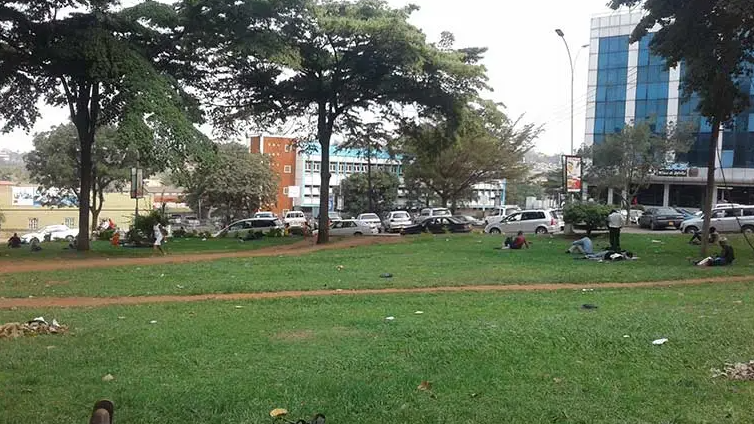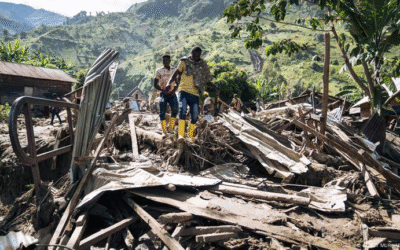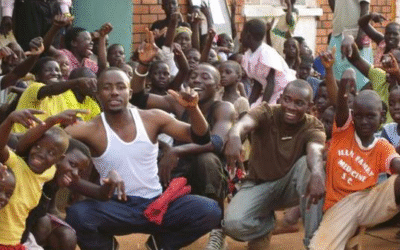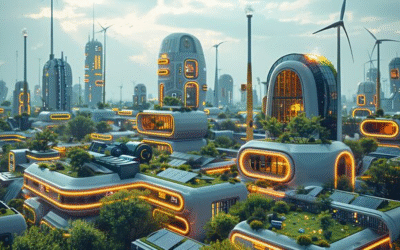Every city has a rhythm that rises from its parks and pavements.
You can hear it in laughter spilling from a playground, the shuffle of traders setting up stalls, the quiet of someone reading in the park.
These are not just empty spaces between buildings but lungs and heartbeats of urban life. Public spaces are where the city remembers that it belongs to everyone.
Where We Meet as Equals
Public space is the only place where society truly meets itself.
On the same bench, a student and a street vendor rest side by side. In the same park, a child plays next to a retiree. There, the city dissolves hierarchies.
It is in these open spaces that we practice democracy without words by simply coexisting.
When we lose public spaces, we lose the soul of the city.
The Architecture of Togetherness
Good public space do not happen by accident but it is carefully designed for encounter and comfort.
- A well-placed bench can spark a conversation.
- A shaded tree line can slow the city’s pace.
- A water fountain can invite play.
Designing for togetherness means understanding that cities are not built from steel and glass but from moments of connection.
Markets and Streets as Living Rooms
Across Africa and the world, the marketplace is more than commerce but a community.
It’s where news travel faster than social media, where local identity thrives in color and conversation.
Pedestrian streets and local markets are the city’s living rooms. They are the daily stage on which urban life performs itself.
Safety in Public Space
Not everyone experiences the city equally.
For many women and girls, fear defines their relationship with public space due to fear of harassment, poorly lit streets, or unsafe transport stops.
Designing inclusive cities means designing for safety with lighting, visibility, security presence and social awareness all play a part.
When women feel safe in a city, everyone benefits.
Parks as the City’s Green Memory
Parks are not luxuries but public health infrastructure.
They clean the air, calm the mind and restore our sense of belonging.
In a time of climate anxiety and digital fatigue, green spaces remind us that cities, too, can breathe.
A tree in a park is not decoration but medicine.
Art, Culture, and the City’s Pulse
Murals on walls, sculptures in roundabouts, community performances in open spaces are not mere aesthetics but a public declaration of identity.
Art makes people see their city differently while seeing themselves in it.
It transforms anonymous streets into cultural corridors and everyday corners into places of pride.
The Politics of Access
Who owns public space?
Too often, access is silently fenced off by design: exclusive malls replacing markets, gated gardens replacing community fields.
A just city keeps its heart open.
That means free parks, accessible waterfronts, walkable streets, and public seating that invites — not excludes.
Reflection
Public spaces are not “extras” to be added once the city is built. They are the reason the city exists at all.
They are where strangers become neighbors, where ideas are exchanged and where hope takes physical form.
A city without public space is a body without breath.
To nurture its soul, we must defend the commons — the places that remind us that urban life, at its best, is meant to be shared.




